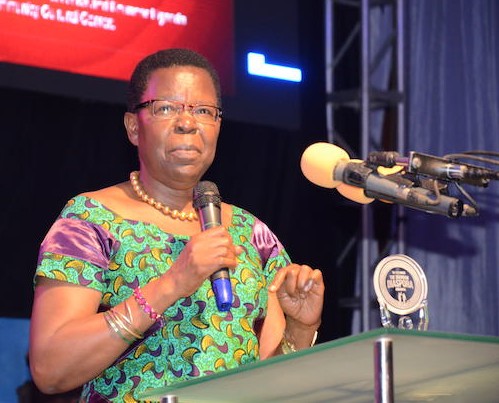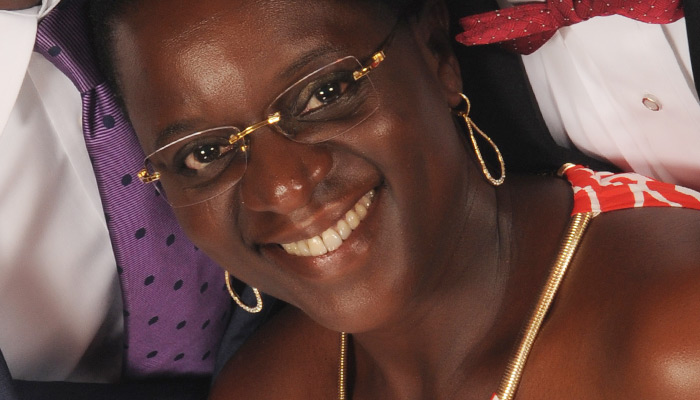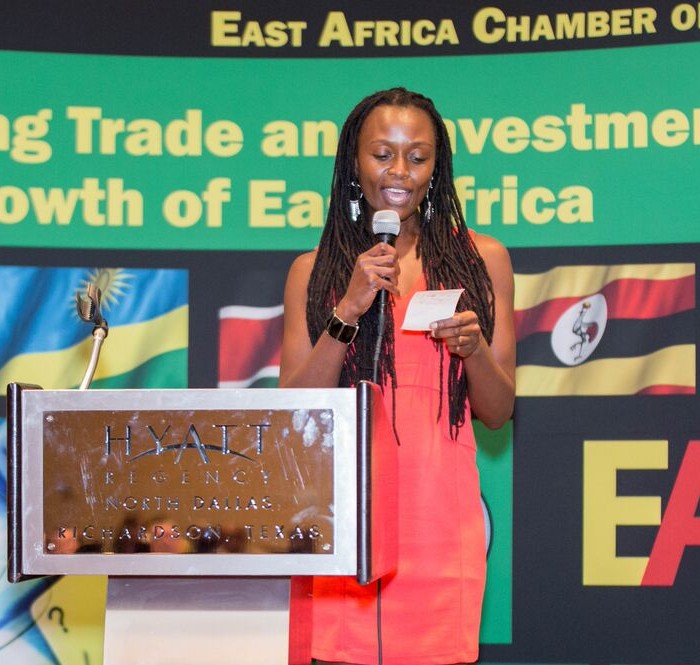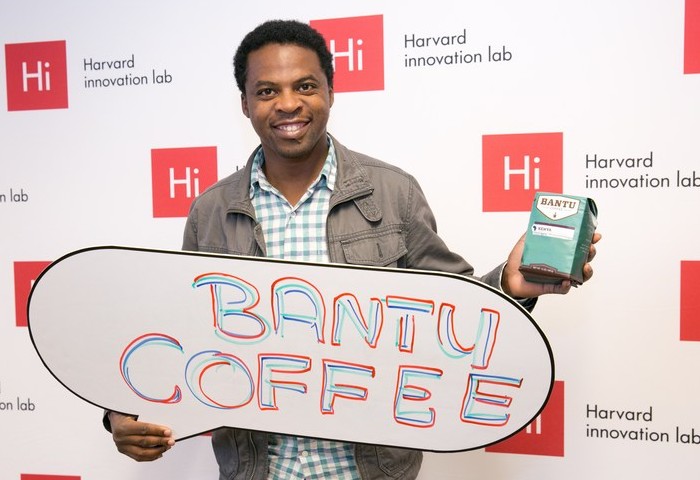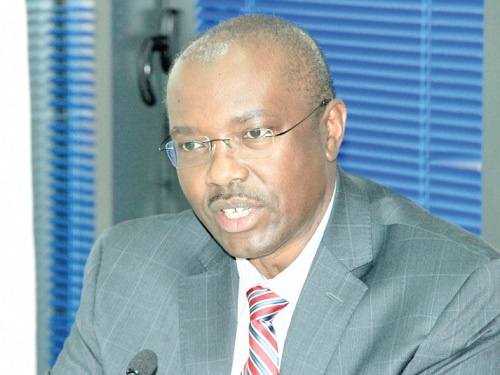Dr. Frederick Balagadde, Ph.D., is Co-Inventor of Microfluidic Device
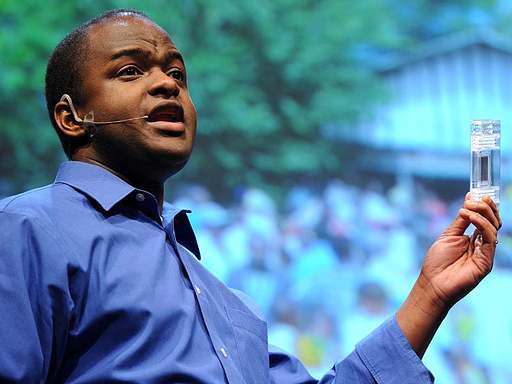
Dr. Frederick Balagadde, a Ugandan National, is working on a microfluidics technology that could revolutionize bioscience the way microchips transformed computing. This easily portable technology has, among numerous applications, the potential to become a powerful tool in the effort to combat infectious disease in the Third World, a cause dear to Balagadde’s heart.
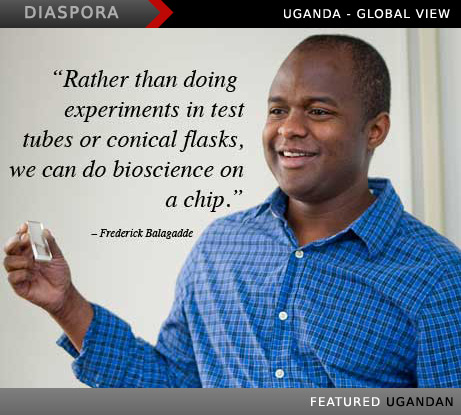
About Dr. Frederick Balagaddé
Consulting Asst. Professor
Division of Infectious Diseases
Stanford University School of Medicine
Stanford, CA 94306
fkb ‘at’ stanford.eduEDUCATION
2007 Ph.D., Applied Physics, CALIFORNIA INSTITUTE OF TECHNOLOGY, Pasadena, CA
Thesis: Microfluidic Chemostat Technologies
Thesis Advisor: Dr. Stephen Quake2004 M.S., Applied Physics, CALIFORNIA INSTITUTE OF TECHNOLOGY, Pasadena, CA
2001 B.A., Physics & Comp. Science, MANCHESTER COLLEGE, North Manchester, ININTERESTS
Global Health, Infectious Diseases, Microfluidics Large Scale Integration, Biotechnology, Entrepreneurship, Africa.
Microfluidics is a technology that puts the capabilities of a biological or medical laboratory onto a small portable device. As the name suggests, microfuidic devices consist of a miniaturized sub-millimeter system of tubes, chambers, pumps and valves that do the work now done in laboratories with petri dishes, test tubes and microscopes.
“Just as integrated circuits shrank computers, microfluidics is shrinking down biology to a chip. A microfluidic chip is the wet laboratory equivalent of the electronic microchip,” said Balagadde, a principal investigator developing the technology at the Laboratory. “Rather than doing experiments in test tubes or conical flasks, we can do bioscience on a chip.
“We believe this represents a revolution in biological science, which also means medical applications for science,” he said.
Potential applications for microfluidics include biological research, biosecurity and industry as well as medicine and public health. Balagadde has been an integral part of the technology’s development since he enrolled as a graduate student at Caltech in 2001. When he arrived at Caltech, he was undecided on his field of specialization, he recalls. “So I thought why don’t I do something that is only being done at Caltech?”
His answer came thanks to Stephen Quake, a Caltech bioengineering professor at the time, who is credited with inventing Microfluidics Large Scale Integration in 2000. “There’s always some sort of risk with joining a new and emerging technology field,” Balagadde notes, though he felt strongly enough about the future of microfluidics to follow Quake to Stanford University in 2005 as a visiting researcher en-route to receiving his doctorate in applied physics in 2007.
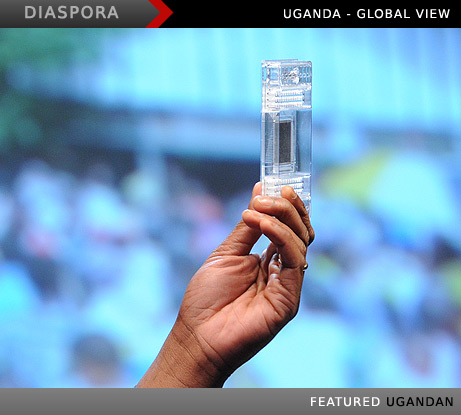
Balagadde, with co-inventor Quake, was the first to demonstrate a functional microfabricated chemostat or micro-chemostat, capable of cultivating living cells for days or even weeks at a time.
Balagadde joined the Laboratory as a postdoc in 2007 to further develop microfluidics for national security and other applications related to LLNL missions. While the technology has come a long way in 10 years, “there’s still a lot of work to be done on the engineering side and applications for it to reach its potential. There’s a lot of room for innovation.”
Currently, he’s applying microfluidics to the medical problem of resistance to antibiotics through a Laboratory Directed Research and Development (LDRD) project. The project seeks a better understanding of the genetic mechanisms underlying resistance to existing antibiotics, specifically a phenomenon called heteroresistance — the coexistence of multiple subpopulations of bacteria with varying degrees of antibiotic resistance.
Balagadde, along with Susan Boyle-Vavra of the University of Chicago, are using a novel micro-chemostat technology to probe heteroresistance in methicillin- resistant Straphlococcus. aureus (MRSA) bacteria. “The idea is to restore the efficacy of existing antibiotics that have lost potency,” said Balagadde, who designed the micro-chemostat being used for the project.

He’s also collaborating with Bill Smith of ST-NSED-National Security Engineering looking at ways to apply microfluidic technology to the cultivation of algae as a source of renewable energy. “We are looking at ways to grow algae under conditions that will maximize production of oil.”
Balagadde, a native of Uganda, has a particular interest in the potential of microfluidic technology to help Third World, countries combat infectious diseases. “In the Third World, there’s a bigger need for portability because there’s no medical infrastructure,” he said. “There’s also scarcity of doctors and even if the needed funds suddenly materialized, it would take 20 years to train enough health workers to bridge the gap.”
A single microfluidic device has the potential to provide the equivalent of 100 doctors, thereby putting multiple, reliable, easy-to-use diagnostic capabilities in areas that are underserved by medical professionals, according to Balagadde. “Microfluidic technology has the potential to minimize the role or even eliminate the need of a doctor in the Third World, with respect to infectious diseases. Such hand held devices would allow an untrained technician to do a complete blood test, identify a disease and tell a nurse which drug should be used for treatment.”
Having studied disease outbreaks, such as SARS, during his time at LLNL “has made me appreciate the global scope of infectious diseases,” he said. “We don’t know how to address the real challenges of global health. I have seen the poverty in the Third World as well as the infrastructure we have here, and that has helped shape my perspective.”
The key to using microfluidic technology to address global health problems is establishing a support system with a “critical mass” of people interested in and committed to the technology, Balagadde said.
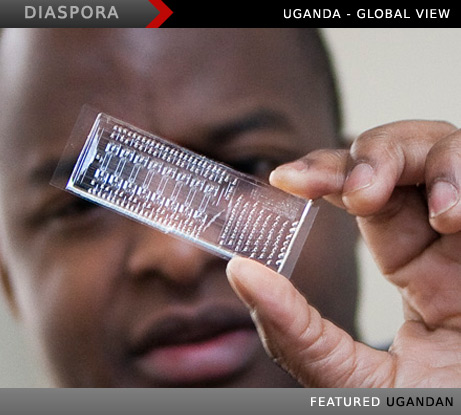
His talent led him to be one of 20 individuals selected to comprise the inaugural class of the TED Senior Fellowship program in December 2009. TED (or Technology Entertainment and Design) is a non-profit dedicated to innovative “ideas worth spreading” that address global issues. The TED fellows program helps world-changing innovators from around the globe become part of the TED community and, with its help, amplifies the impact of their remarkable projects and activities.
As a TED fellow, Balagadde attended the annual TED Global conference last July in Oxford, England, as well as the main TED conference held at Long Beach earlier this month.
The conference allowed Balagadde to hone his vision of a “next career phase” to found a biotech venture in sub-Saharan Africa. Leveraging the personal and professional relations he has made over the years, including LLNL, he would like to establish a first-of-a-kind biotechnology laboratory called the Bioengineering Research Institute of Kampala (BRIK).
In a TED conference interview, Balagadde said: “BRIK would become a premier hub for bioengineering research in sub-Saharan Africa, deploying microfluidic and genomic technologies to transform and transcend prevailing deficiencies in the disease diagnostics and laboratory testing. Microfluidic technology, the miniaturization of hundreds of tests onto an iPhone-sized cartridge, is the key to the widespread availability of affordable diagnostic tests in resource-limited settings.”
Balagadde still has important research he wants to complete at the Laboratory before contemplating the next phase of his career, though “when I feel the dream calling, I will have to respond.”



